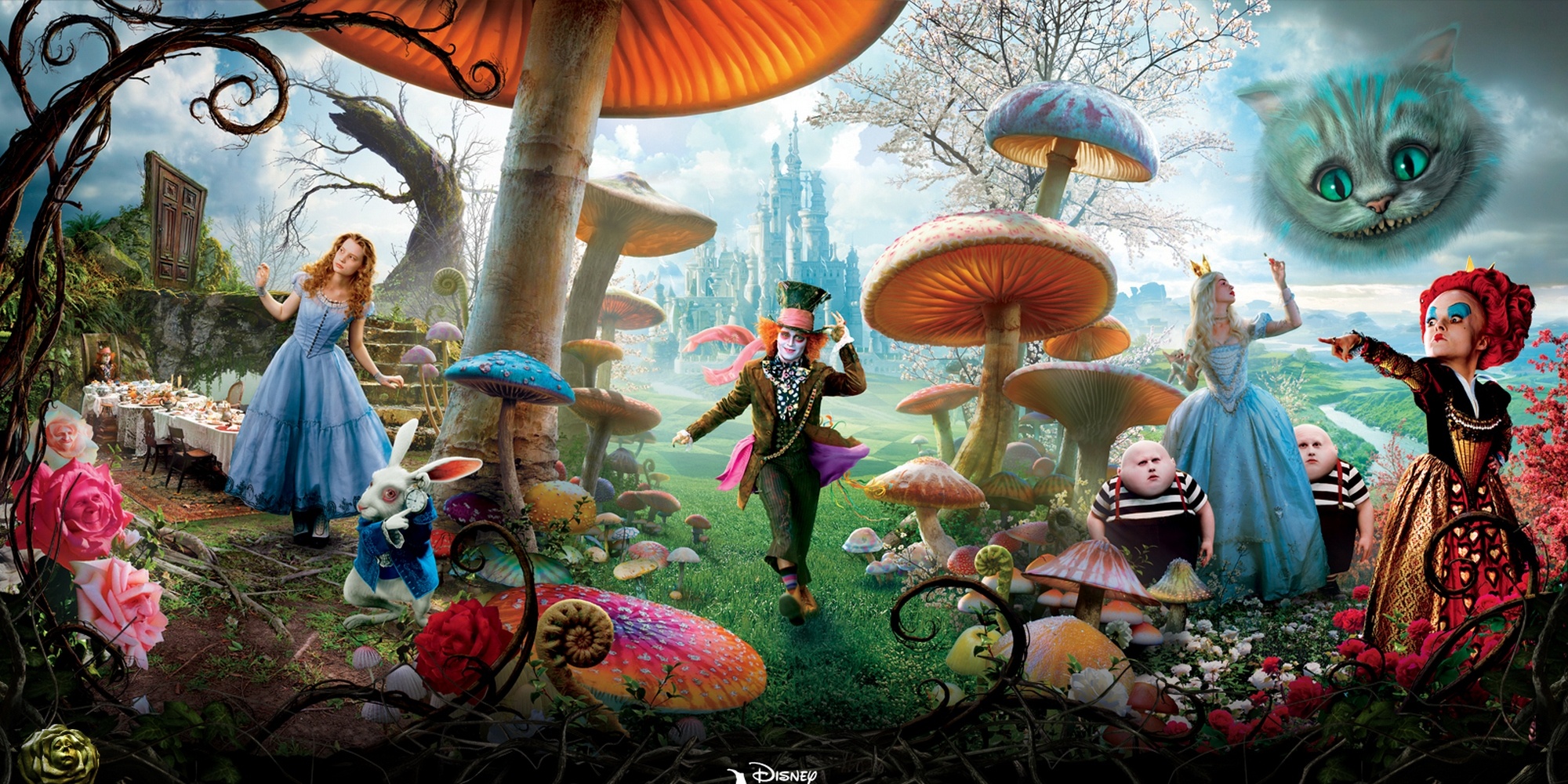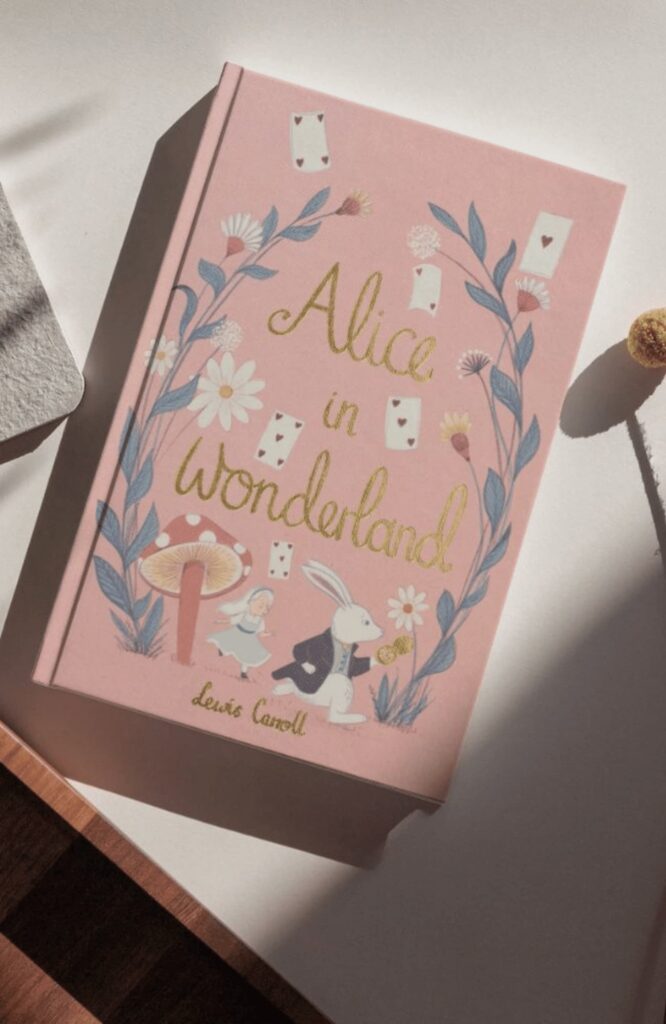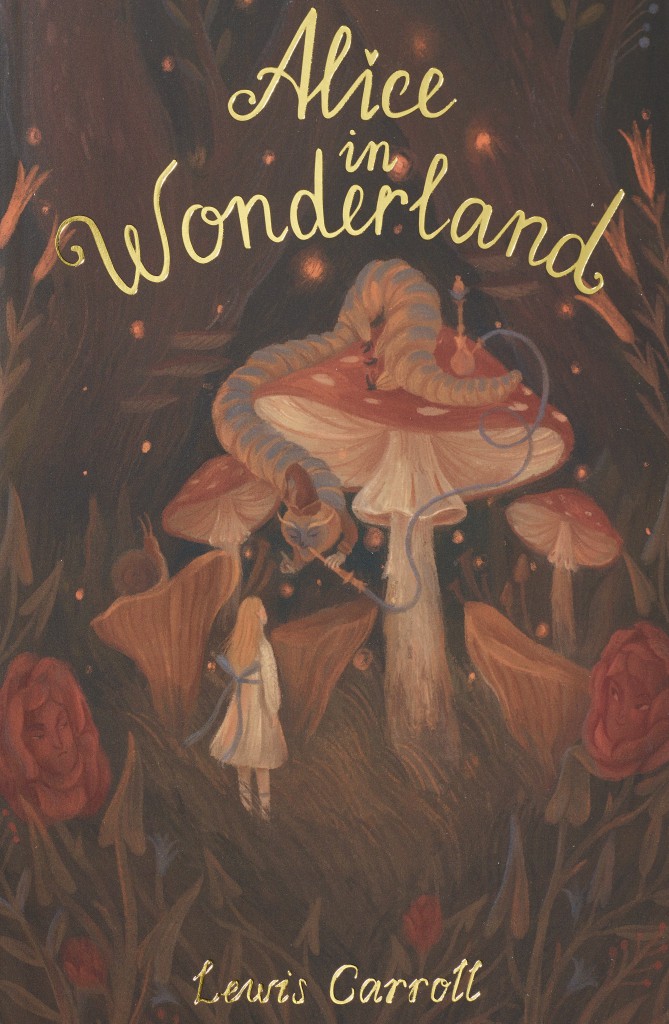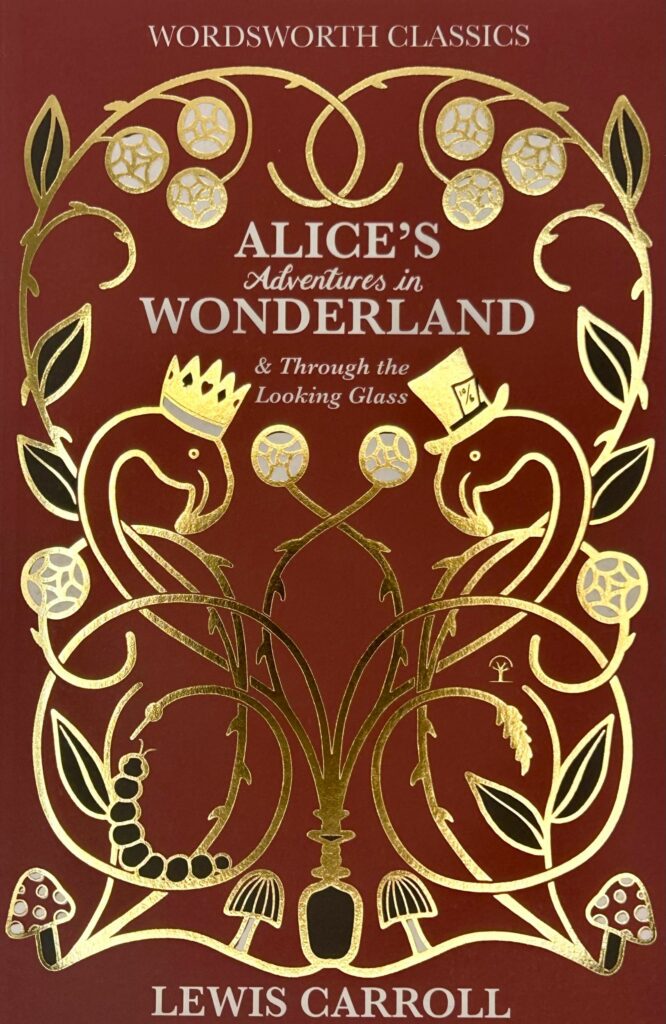
Stefania Ciocia looks at the ‘Alice In Wonderland’ books
Dr Stefania Ciocia looks at how adults and children interpret the Alice stories differently
Why is Alice like the American Declaration of Independence? Unlike the Mad Hatter’s, this riddle does have an answer: “They are both celebrated on the 4th of July”.
On this side of the pond, especially in Oxford, Alice Day commemorates the anniversary of 4 July 1862, when Carroll extemporised the earliest version of his famous story. Alice’s Adventures in Wonderland first unfolded as an oral tale, during a boat trip on the Thames organized by Carroll for the amusement of the young Liddell sisters.
In the poem that introduces the published version, the momentous excursion is memorialized – and perhaps wilfully misremembered – as having taken place on a “golden afternoon”. Historical records suggest that the day was “cool and rather wet” (i), hardly the “dreamy weather” of the prefatory verses.
What Carroll gives us is an origin myth, with suitably unclouded skies. The glorious meteorological conditions are also a metaphor for the light-heartedness of youth, an association reprised in the closing words of the entire narrative with its pairing of “child-life, and the happy summer days”.
In my previous piece, I cautioned against ascribing Carroll’s idealization of childhood to Alice Liddell or indeed – I should now add – to the textual Alice. The reason for this frequent misattribution of concerns about growing up is clear: the Alice books are replete with allusions to the passage of time. Anxiety about the inexorability of the process is tangible before we even set foot in Wonderland, in the White Rabbit’s nervous cry “Oh dear! Oh dear! I shall be too late!”.
Death itself is never far from our consciousness, say, in the Queen of Hearts’ mania for beheadings, but also in repeated references to the threat of extinction. Alice fears disappearing altogether, should one of her size changes go horribly wrong. But she is also a harbinger of mortality to various Wonderland creatures when she hints at the possibility that they might get eaten – a prospect most frequently raised by her continuous, tactless allusions to the predatory instincts of her cat Dinah.
Images of decay creep into the narrative frame of Wonderland, in spite of its summer location. Alice wakes up to her sister’s hand gently sweeping away “some dead leaves that had fluttered … upon her [Alice’s] face”. “Watching the setting sun”, the elder sister partakes of her sibling’s adventures in a vivid daydream of her own.
This reverie ends with a bittersweet vision of Alice as a grown woman, still keeping “through all her riper years, the simple and loving heart of her childhood”, and sharing Wonderland with a new generation of children. The best we can hope for is for our spirit to remain young. Our bodies won’t be so lucky.
Intimations of our transience become more insistent – they would, wouldn’t they? – in Through the Looking-Glass, the sequel Carroll published in December 1871. The prefatory poem to this winter narrative has a distinctly melancholy tone, spelling out the exact cause for such a change in mood: “We are but older children, dear, / who fret to find our bedtime near.”
As for Alice, in the garden of live flowers, she is told flat out that she is “beginning to fade” – a point reiterated in a roundabout way in Humpty Dumpty’s suggestion that she “might have left off at seven”, instead of reaching the “uncomfortable”, grand old age of “seven years and six months”.
It’s true that the changes in Alice’s body, and her confusion about her own identity, lend themselves to being read as apt correlatives to the turmoil of puberty. But, forgive my literal-mindedness, the seven-(and-a-half)-year-old Alice would have to be a really precocious child to worry about puberty or adulthood – even at a time when the age of consent was twelve.
Besides, Alice is mostly in charge of her metamorphoses. Granted: we have to allow for a certain margin of error, but that’s only fair. In Wonderland, precise instructions are pretty thin on the ground beyond a cursory “Drink Me” or “Eat Me”. Not to mention Caterpillar’s cryptic advice about the “two sides” of the mushroom he’s sitting on: one makes you grow taller, the other shorter but, to Alice’s puzzlement, “which is which?”.
Her problem-solving skills are further taxed by the fact that the mushroom is “perfectly round”, and thus devoid of clearly demarcated sides (undaunted, she stretches her arms wide in an ingenious, successful attempt to get a bite of both).
Alice takes things in her stride and, under the circumstances, proves to be exceedingly capable of making sensible decisions, especially when it comes to the appropriate size for her to assume at each junction of her journey.
In Through the Looking-Glass, a narrative loosely governed both by specular principles and by the rules of chess, once again Alice isn’t at all recalcitrant to play the game – in fact, by her own admission, she “would like to be a Queen, best”. Isn’t this tantamount to a declaration of willingness, nay, eagerness to develop? And so we come back to my original point.
I don’t know about you but, as a child, I couldn’t wait to grow up. The Peter Pan syndrome – pace J.M. Barrie – doesn’t generally kick in until the ship of childhood has well and truly sailed. Why wouldn’t Alice want to grow up? When she is all too factually little, even a cute puppy becomes a playmate to be wary of.
In both books, Alice is constantly bossed around by authority figures, each as despotic and adamant about their right to have the last word as the other. Tellingly, the one time when Alice changes size unexpectedly is during the trial at the end of Wonderland. Towering over the cards, she finally shouts out all the anger that she’d elsewhere tried to curb in deference to politeness and adult authority. Back to her full height, she won’t take any more nonsense. Size does matter.
The problem with an exclusive focus on the texts’ concern for the passage of time, or on Carroll’s nostalgia for an idyllic past, is that such readings obscure the child’s perspective, be it Alice’s or her young readers’.
According to Peter Hunt, the Alice books are “so successfully of the child’s world that children themselves find [them] of limited interest: [they] are too true” (ii). They certainly capture children’s frustration with the perceived arbitrariness of the grown-ups’ injunctions and prohibitions. A significant part of the appeal of adulthood is the promise that, once there, we will be able to cry “Stuff and nonsense!” to other people’s rules and create our own. If only.
By definition, children do not share our nostalgia for the past. We’d do well to learn from Alice on this front, as she declares matter-of-factly: “it’s no use going back to yesterday because I was a different person then.”
Dr Stefania Ciocia, Reader in Modern and Contemporary Literature, Canterbury Christ Church University
(i) Martin Gardner Ed., The Annotated Alice, London and New York: Norton, 2000, fn.1, p.8.
(ii) Peter Hunt, An Introduction to Children’s Literature, Oxford and New York: Oxford University Press, 1994, p.79.
Books associated with this article

Alice in Wonderland (Collector’s Edition)
Lewis Carroll

Alice’s Adventures in Wonderland
Lewis Carroll
